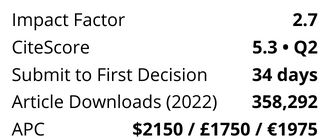Because of its simplicity the rational method is still frequently used in urban planning and design. In this paper using the time-area method and statistically derived design storms, the design peak flow is computed for urban basins of different complexity and compared with the design flow determined from the rational method. It is shown that the design flow is underestimated using the rational method unless a reduced time of concentration is used. The relation between travel times in different parts of a drainage system is used to correct the design flow computed by the traditional rational method.
This content is only available as a PDF.
© IWA Publishing 1998







